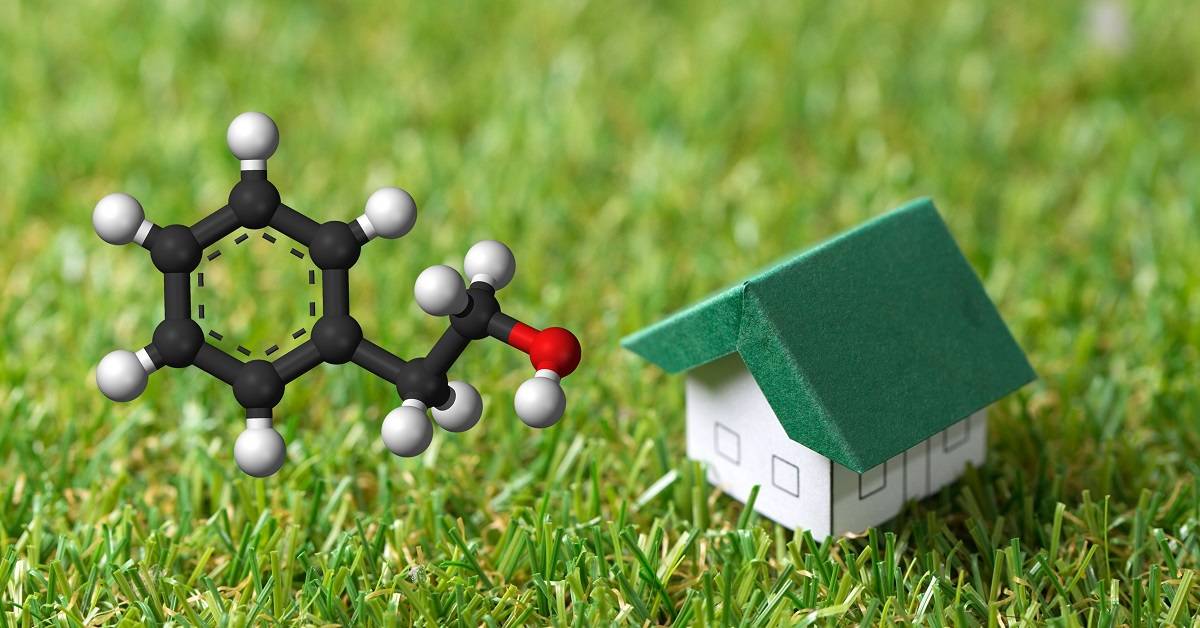What is 2-Phenethyl Propionate?
Skip to contentWhat is 2-Phenethyl Propionate?
Everyone should have a heightened sense of what they allow in their homes. There are too many good options to allow harmful products simply because they are traditionally used. 2-phenethyl propionate is the active ingredient in almost every product we use in the home and Cornell University did a very thorough study on what and how safe it really is.
I’ll include two highlights, “What is It” and “Is it Safe,” but first let’s talk a little bit about strategy.
Strategy is Key
Not only are we using the highest grade products with the safest active ingredients but we don’t splash around the product all over your baseboards and everywhere else a bug might be. Instead, we strategically place the product in areas where bugs are known to nest. In your walls around moisture areas such as bathrooms and kitchens. We also treat down in the window tracks, a common place for bugs to enter but also a safe place to put product where children and pets can’t get to.
What is It?
Phenethyl propionate (PeP) is an ester of phenethyl alcohol and propionic acid, and is found in various plants and plant products including guava (Psidium guajava), peanuts (Arachis hypogea), apple cider, beer, rum, apple brandy, and various cheeses (Burdock 1997). PeP can be synthesized by esterification through condensation of phenyl alcohol and propionic acid (Burdock 2010). It is used as a fragrance and food flavoring, as well as an insecticide.
It is typically formulated with various essential oils, such as geraniol, eugenol, rosemary oil, thymol, and peppermint oil. Dusts are formulated with sodium carbonate, sodium bicarbonate. Some formulations combine PeP with other ingredients (e.g. pyrethrins and various pheromones) that do not qualify for exemption from registration as minimum risk pesticides
Is it Safe?
Because of its non-toxic mode of action, prevalent use in traps that limit human and other non-target organism exposure, and lack of incidents that solely involve PeP, the EPA concluded that the risks it poses are at or near zero (Rexrode 2011).


